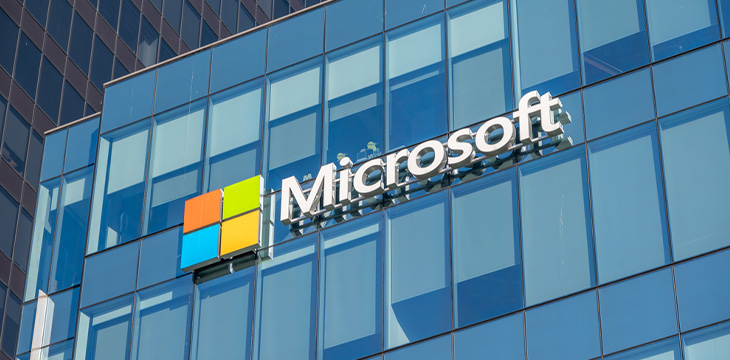|
Getting your Trinity Audio player ready...
|
After dominating the tech scene a few years back, the metaverse seems to have faded. Even its staunchest backers in the tech world have acknowledged that they may have overestimated its impact, at least in the short term. However, according to one report, Microsoft (NASDAQ: MSFT) could be bracing to challenge Meta (NASDAQ: META) and Apple (NASDAQ: AAPL) with new metaverse hardware.
South Korean outlet The Elec reports that Microsoft has struck a deal with Samsung to supply hundreds of thousands of OLED panels. A source at Samsung reportedly revealed to the outlet that the panels are for a new device whose mass production will begin in 2026.
While neither Samsung nor Microsoft has confirmed the new partnership, the source believes that the American tech giant is working on a new device to compete with Apple’s Vision Pro. Launched earlier this year, the $3,500 Vision Pro is a mixed-reality headset that the company markets as a spatial computer. It’s the closest that the iPhone maker has come to venturing into the metaverse.
While Microsoft’s new device has been viewed as the company’s return to the XR game and a dive into the metaverse, The Elec reported that the company initially targets “enjoying or watching content such as games or movies, rather than the metaverse.”
Meta has invested the most in the metaverse and XR of the global tech giants through its Quest line of headsets and software. However, hundreds of billions later, the company has failed to make a mark and is reining in its spending, laying off some of its staff and reassigning others to other departments.
Microsoft isn’t new to the VR game. In 2017, it partnered with PC makers such as Acer (NASDAQ: ACEYY) to produce the world’s first PC VR headsets. It also launched the Windows Mixed Reality (WMR) platform, which integrated VS support into the Windows OS. However, over the years, it lost most of its clients to Meta and other providers, and last year, it pulled the plug on the platform.
The Redmond, Seattle-based company has also been producing its HoloLens headsets for six years. However, just like its WMR platform, HoloLens’ performance has been abysmal, and last year, it announced layoffs in this department. In one of its most promising partnerships, Microsoft was to supply the U.S. Department of Defense with customized versions of HoloLens—however, 80% of the soldiers who used them reported severe cases of nausea, headaches, and eyestrain.
Watch: What is the metaverse? CES Tech Las Vegas

 12-29-2025
12-29-2025 




